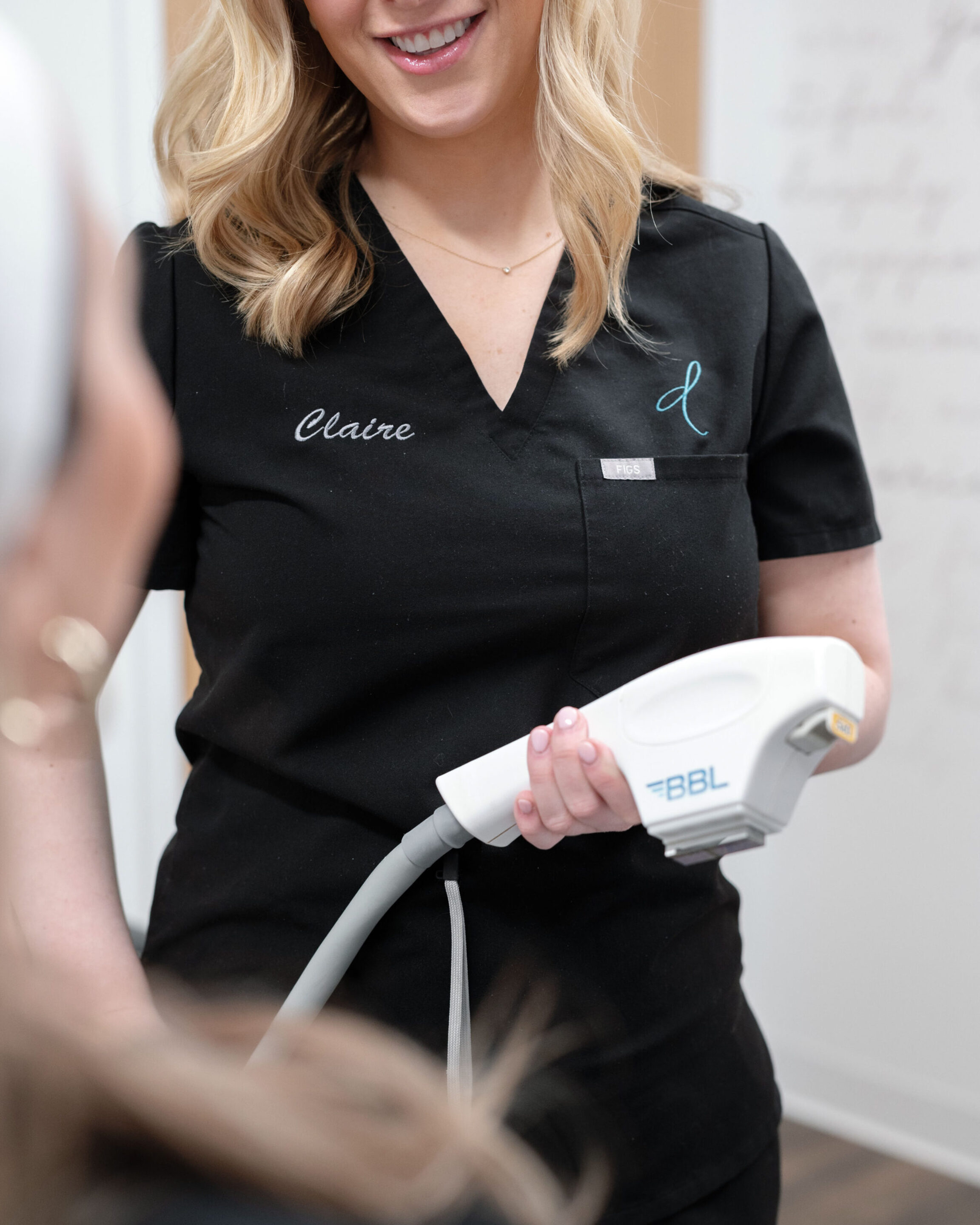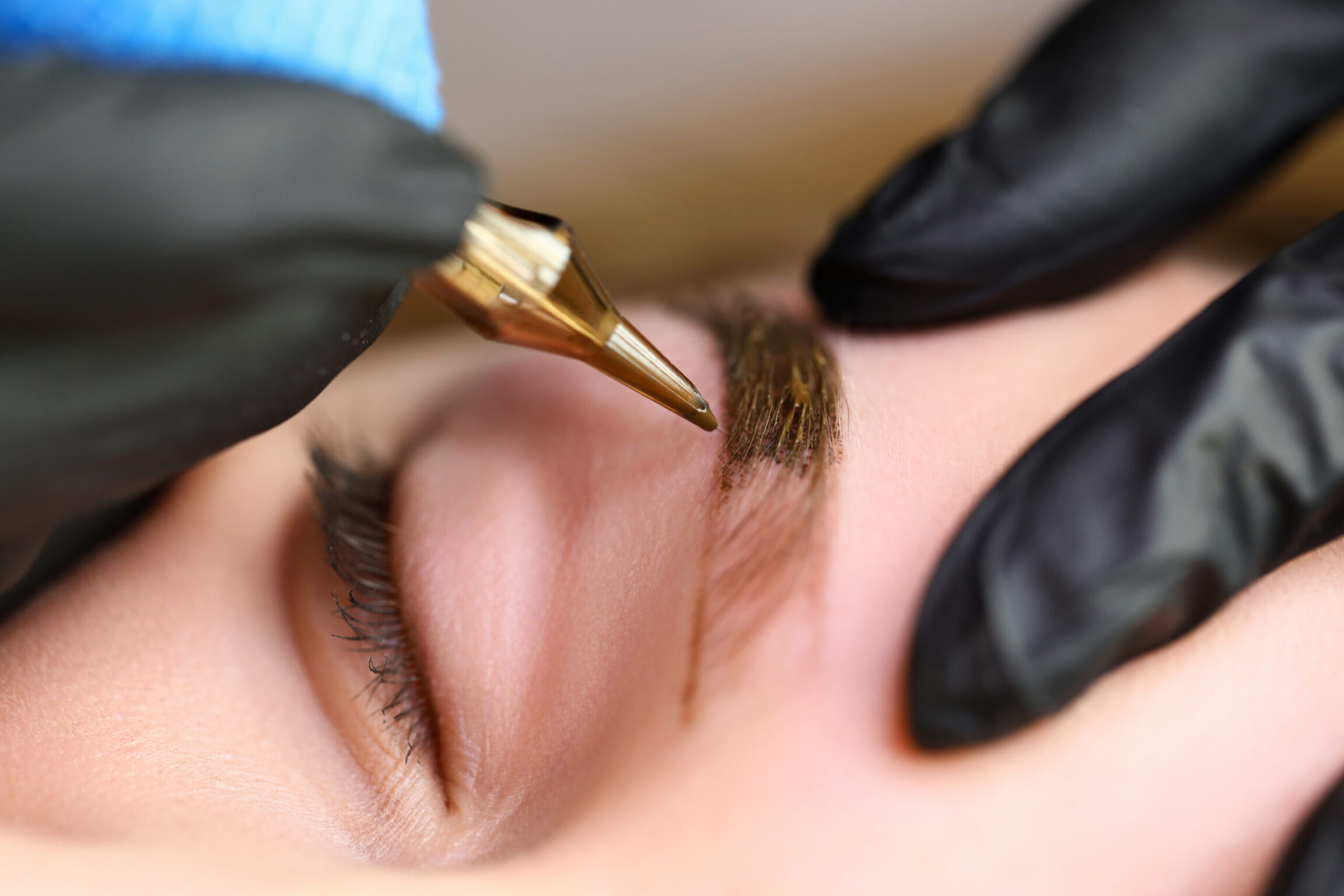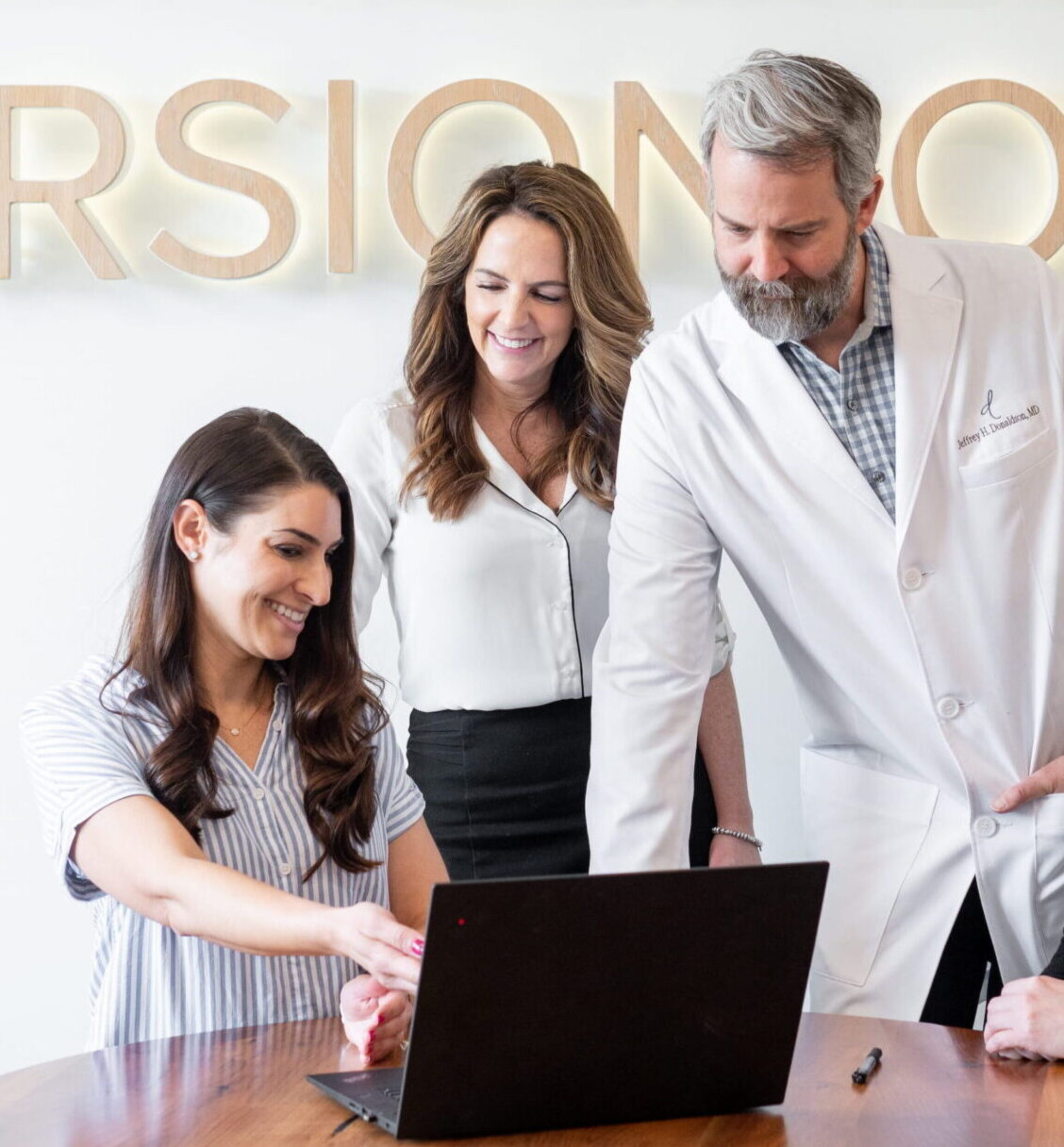How To Regrow Your Hair Without A Transplant
You Don’t Have To Have Surgery To Save Your Hair (Or At Least Slow Down Loss)
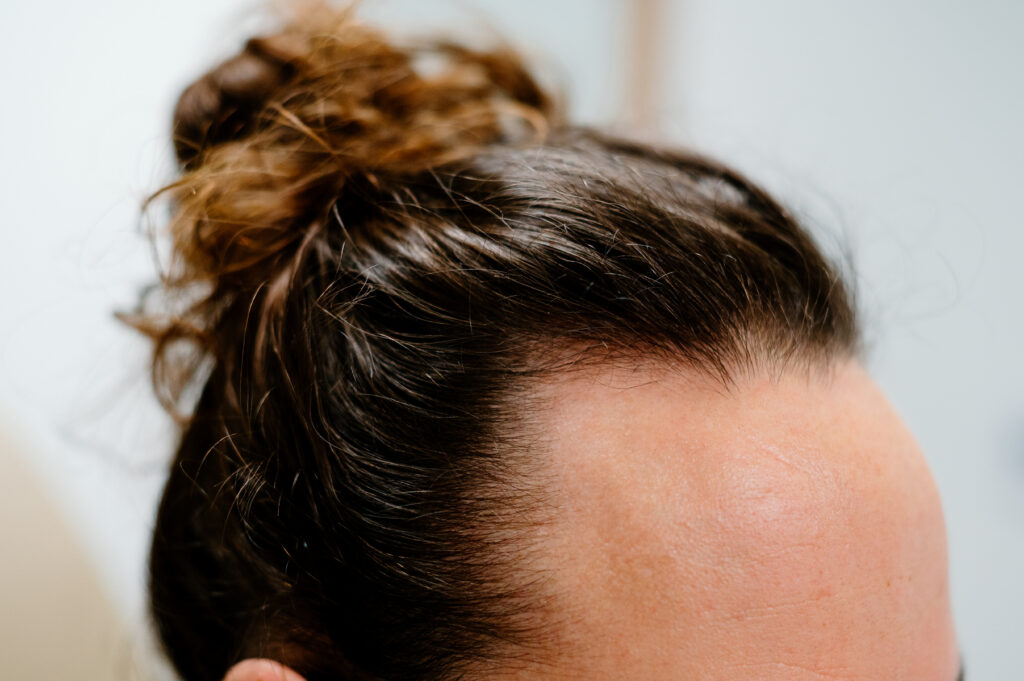
While hair restoration surgery has come a long way, there are several nonsurgical methods that effectively address hair loss and promote regrowth that have risen to prominence in recent years.
Platelet-Rich Plasma (PRP) injections, hair-strengthening supplements and prescription treatments (like Finasteride and topical Minoxidil) are all viable solutions to stop hair loss in its tracks. When combined, these three strategies offer complementary strengths that act as a barrier against losing that hairline and bringing thickness so you can retain your crown.
Most Common Causes Of Hair Loss Include:
- Genetics: Androgenetic alopecia (often referred to as “male or female pattern baldness”) is the most common cause of hair loss and is often hereditary
- Hormonal changes: Hormonal imbalances, such as those that occur during pregnancy, menopause or while suffering from thyroid disorders
- Medical conditions: Certain medical conditions, such as alopecia areata, scalp infections and autoimmune disorders
- Medications: Certain medications, including chemotherapy drugs, blood thinners and antidepressants, report hair loss as a side effect
- Nutritional deficiencies: Inadequate intake of certain nutrients, such as iron, protein and vitamin D
- Stress: Physical and/or emotional stress can cause hair loss, often leading to “Telogen Effluvium” — a temporary condition that typically resolves itself in 3 – 6 months without treatment
- Hairstyles And Treatments: Certain hairstyles, such as tight braids, weaves or ponytails, and aggressive treatments like bleaching or perming can damage the hair and lead to breakage and thinning — a condition called “Traction Alopecia”
Thinning and balding aren’t always a symptom of a deeper health concern but they can still be a distressing experience for both men and women. The key is to identify and address the root cause as soon as possible before the cosmetic effect becomes permanent.
Reignite: How PRP Can Invigorate Hair Growth
For years, Platelet-Rich Plasma injections have been used to effectively accelerate the healing process for trauma injuries, joint injuries and orthopedic surgery. These injections are now also used to treat female and male pattern baldness, helping to prevent hair loss and to promote the growth of new hair.
Hair loss occurs when a follicle is starved of its blood supply. PRP injections work, in this case, by reconnecting follicles with a blood supply and increasing the thickness of the hair shaft. The first cosmetic result patients often notice is minimized thinning and shedding within a month or so of their session. The full results of these injections can take up to 6 months to surface if a patient is looking for hair regrowth.
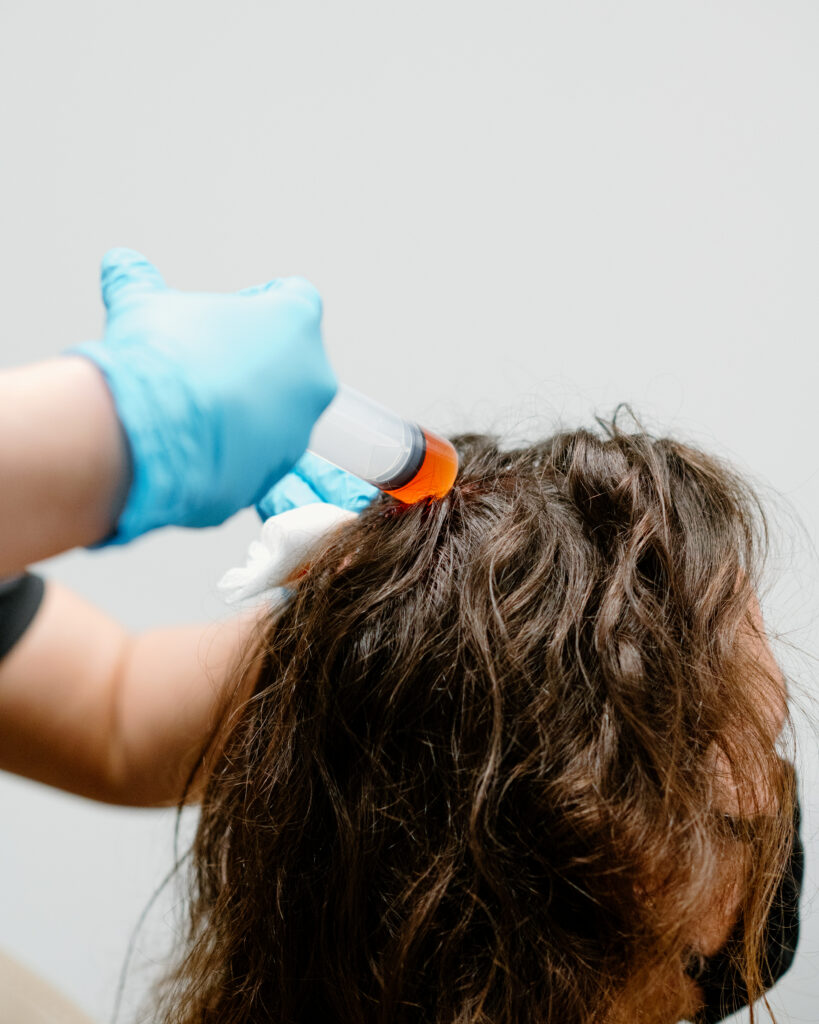
What Does A PRP Hair Restoration Treatment Look Like?
Each PRP for Hair Restoration session begins with a blood draw from the arm. The sample is then placed into a centrifuge and spun for 15 – 20 minutes where the blood is sorted into three segments: platelet-poor plasma, platelet-rich plasma and red blood cells.
The PRP substance is loaded into a specialized syringe before being injected into the scalp in 25 – 35 key locations, namely the crown, temples and along the hairline. The platelet-poor plasma is then massaged back into the scalp, resulting in a cooling effect, and the red blood cells are safely discarded.
How Many PRP Treatments Are Needed For Hair?
Our providers recommend at least 3 complete sessions, spaced one month apart, for noticeable results. To maximize these positive outcomes, patients can undergo up to 6 total sessions within 12 months — any more than that is considered unnecessary. After this first cycle is complete, we recommend annual or biannual PRP sessions to retain results.
Replenish: Harnessing The Power Of Supplements To Strengthen New Hair Growth
Once the follicle has been reconnected to its blood supply, it’s important for these hairs to come back even better than before. This is where nutrition plays a critical role. Medical-grade collagen supplements, topical hair enhancement serums and Nutrafol can all be used to regrow stronger follicles. Of these options, we specifically endorse the use of Nutrafol due to its clinically-proven ability to improve hair thickness.

How Does Nutrafol Work?
This supplement provides the vitamins and minerals necessary to regrow hair at maximum strength, including marine collagen, biotin, vitamin D, zinc, selenium and iodine. But beyond the nutritional benefits, many Nutrafol products possess a number of specific ingredients to stop common root causes of hair loss and thinning without some of the sexual side effects found in various prescription treatments.
These Proactive Ingredients Include:
- Sensoril® Ashwagandha to balance cortisol and alleviate stress-related loss
- Saw Palmetto to balance hormones and reduce DHT — a hormone that, at high levels, is partially responsible for hair loss
- For women, Maca is used to provide additional hormone support throughout menopause and perimenopause
- Tocotrienol Complex to reduce oxidative stress and improve scalp health
- Curcumin to support cellular metabolism and minimize inflammatory responses
- Kelp to support thyroid health
Retain: How Prescriptions Can Help You Sustain Your Positive Results
Prescription hair loss medications like Finasteride and Minoxidil can help to prevent further hair loss and maintain the results of other hair restoration treatments. Finasteride works by preventing testosterone from turning into DHT (dihydrotestosterone); too much DHT in the body can be to blame for hair loss. Topical Minoxidil is a vasodilator that widens blood vessels and allows more flow to the follicle. Minoxidil has also been proven to shorten the “resting” phase of the hair life cycle and kickstart the anagen (or growing) stage.
In recent years, an abundance of subscription-based prescription providers have risen to prominence, which has helped drive down the cost of the generic versions of these medications and make them more readily available for purchase online.
Side Effects & Long-Term Considerations
Some prescription hair loss solutions carry side effects including erectile dysfunction, depression, anxiety and a decrease in sexual desire. Finasteride, specifically, can potentially increase the risk of high-grade prostate cancer in men aged 55 and older by 17%. It is crucial that you speak with your primary care physician before starting one of these medications, and that you continue to monitor potential symptoms for the first months of treatment.
We do not prescribe Finasteride or topical Minoxidil at Donaldson Plastic Surgery because these are considered long-term prescriptions. These decisions are best made by a patient’s PCP who has a greater understanding of their unique medical history. Our providers may make the suggestion to patients and will defer that decision to their family doctor.
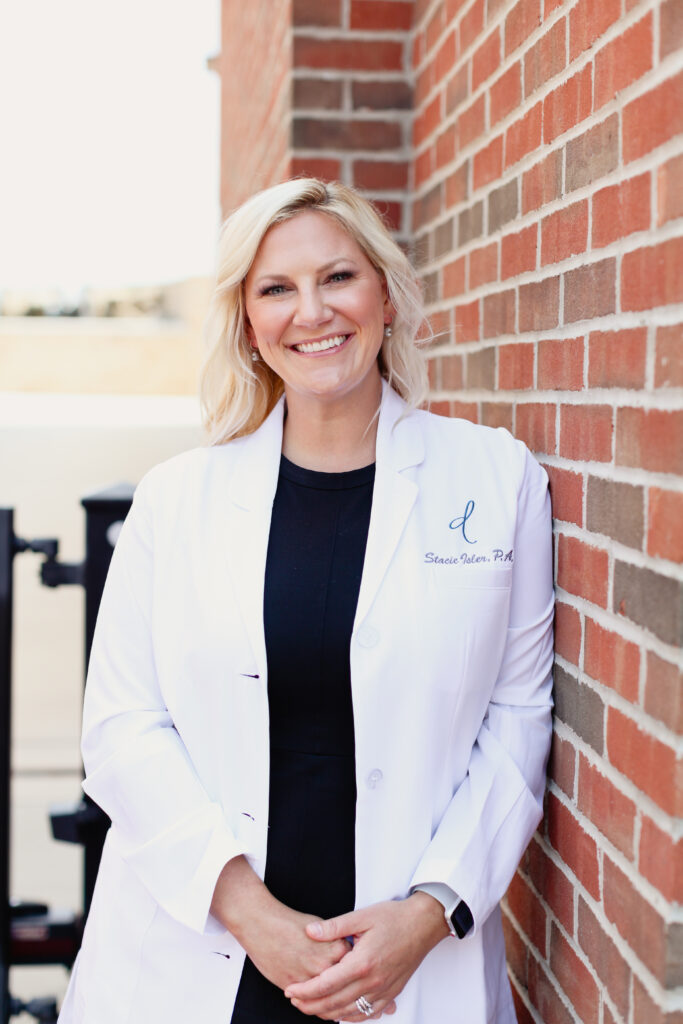
About The Author
Stacie Isler, MS, PA-C, is a leading aesthetic provider in Columbus, Ohio. Throughout her tenure with Donaldson Plastic Surgery, she has helped thousands of patients feel more comfortable in their own skin through a variety of nonsurgical treatments, including PRP for Hair Restoration, Botox, fillers and laser therapy solutions.
Stacie remains dedicated to learning the newest techniques in the world of cosmetic procedures and passing this knowledge to patients everywhere to help them make decisions along their own confidence journeys.
Related Articles

Read More The Beginner’s Guide To Men’s Skin Health
The Beginner’s Guide To Men’s Skin Health
The Donaldson "Men's Skin Health Guide" takes a comprehensive look at the steps guys can do to elevate their skincare routine & age with poise.

Read More Perfect Procedure Pairings
Perfect Procedure Pairings
Discover the best plastic surgery combinations & most popular aesthetic treatment pairings designed to help you achieve your unique goals.
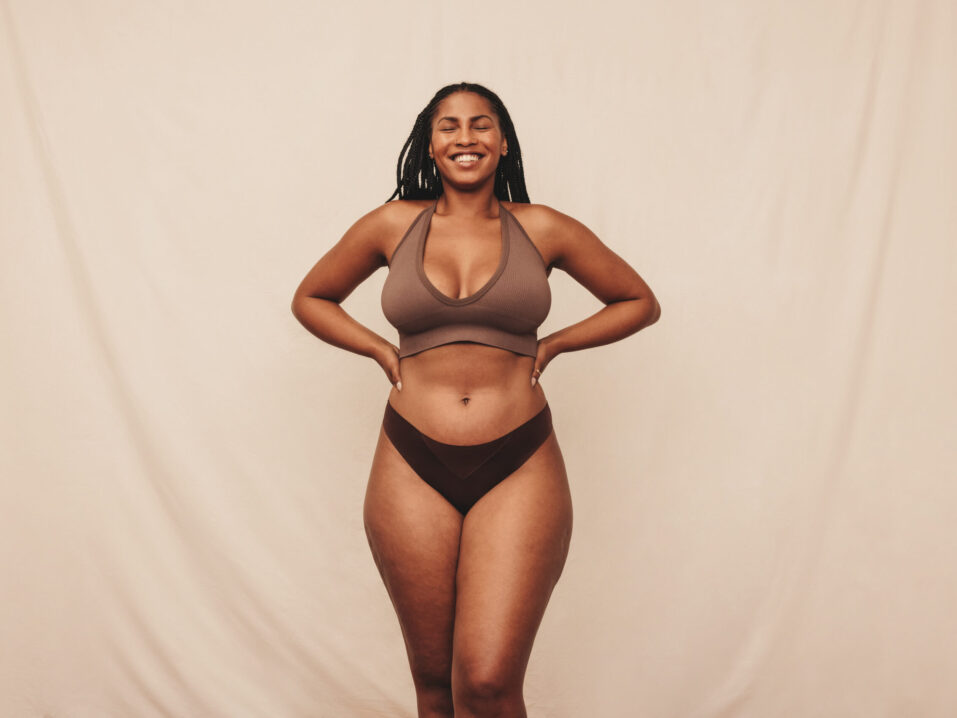
Read More C-Section Scar Removal
C-Section Scar Removal
When it comes to C-section scars, you have a number of effective solutions to reduce the appearance of scarring.








